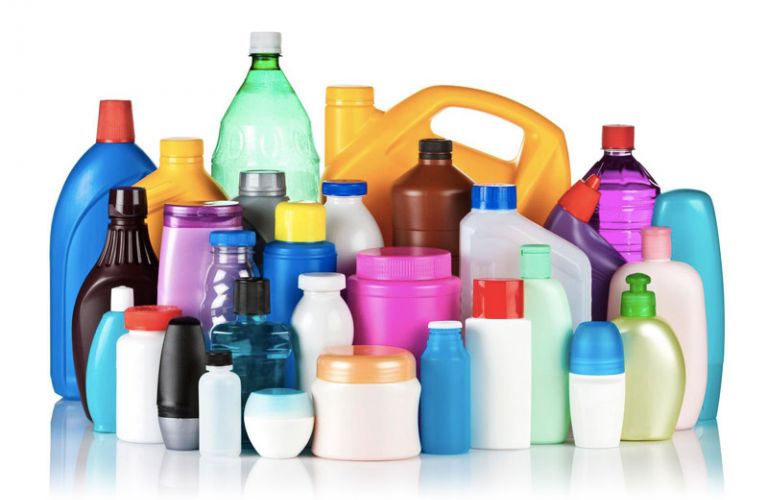The large family of plastics (part one)
26 October 2020
When we use the term "plastics", we are actually talking about a large family of materials that are very different from each other. In fact, plastics can be classified in various types, each with particular characteristics, fields of application and advantages.
Bioplastics
As the name implies, bioplastics are at least partially composed of biological substances. For example, ethylene can be produced from sugar cane, which is a key component of polyethylene (PE). Or, by working the starch you get lactic acid and consequently polylactic acid (PLA).
Their properties vary greatly from material to material.
Pure bioplastics, such as starch mixtures, PLA, bio-PET and bio-PE, are mainly used to produce packaging and fibres for the textile industry.
Engineered plastics
These plastics offer superior performance in terms of heat resistance, chemicals, impacts and more, compared to standard materials, and are much easier and cheaper to produce, especially in complex shapes.
For these reasons they are used instead of traditional materials such as wood or metal in sectors such as transport, construction, and industrial applications that require resistance to abrasion and corrosion.
Read also: Three revolutionary synthetic materials
Epoxy resins
Epoxy resins are one of the most successful families of plastics because their chemical-physical characteristics allow them to realize a wide variety of objects.
In fact, they are characterized by excellent adhesion, chemical, thermal and mechanical resistance and excellent electrical insulation properties. Instead, treated with silver, they become good conductors.
Their use is very extensive and includes paints, glass fibre or carbon reinforced materials, electrical and electronic instrumentation, and many other civil, artistic and consumer applications.
Expanded polystyrene
Expanded polystyrene, or EPS, commonly called polystyrene, is one of the most used thermoplastic polymers for over fifty years for its versatility, performance and economy.
It has an almost unique combination of lightness, strength, shock absorption and thermal insulation.
It is used in the packaging industry, sound insulation, construction and traffic, and to produce sports equipment.
Fluoropolymers
The best-known component of this high-performance group of plastics, polytetrafluoroethylene (PTFE) is considered to be the most non-stick material in the world.
This property has made it one of the most used polymers in various areas, from household and craft tools to aerospace, communications, electronics and architecture.
The other characteristics of this family of plastic materials are chemical inertia, resistance to fire and atmospheric elements, and other barrier properties. For this reason they are used for the production of bearings and gaskets for transport vehicles, fire protection systems, pipe coatings and tanks for chemical substances and biomedical applications.
Polyurethanes
The polyurethane family (PUR) includes many varieties, all resilient, flexible and durable, but different in appearance and texture.
They are fundamental components of a very wide range of products, in fact we find articles that contain polyurethane in almost every corner of our homes, means of transport and workplaces.
They are safe, economical and environmentally sustainable materials, used to produce foams in furniture and beds, thermal insulation systems in buildings, car bumpers, but also footwear, sports goods and other.
WE PRODUCE HIGH QUALITY POLYETHYLENE PRODUCTS,
FOR CIVIL AND INDUSTRIAL USE


